Housing plans unveiled for St. Mary’s church grounds in Northampton
| Published: 12-22-2024 12:01 PM |
NORTHAMPTON — Sunwood Builders, the Amherst company looking to build new housing on the site of the former St. Mary’s Church in Northampton, has unveiled more details regarding their plans ahead of a Historical Commission meeting to obtain a certificate for future construction on the property.
According to documents filed with the city’s Department of Planning & Sustainability, Sunwood, which bought the property from the Roman Catholic Diocese of Springfield in March for $1.1 million, plans to build 71 market-rate apartment units along with spaces for a future cafe or restaurant and a 37-car parking garage.
“This project aligns with the city’s goals of densifying downtown, increasing foot traffic to local businesses, and helping minimize the impact of cars on downtown,” a description of the project states. “Though of its time architecturally, the detail applied throughout the building compliment and speak to the rich, historic character of Elm Street.”
A rendering of the proposed construction on the property shows the St. Mary’s Church, which closed in 2010, still standing behind the new apartments, which line State Street across from Edwards Church. A zoning form filed by Sunwood in July shows plans for renovating the church rectory into residential units, and also for future renovation of the church building “once a use is determined.”
The new building displayed in the rendering is broken down into three connecting “elements” within the project description. One element is a section of the building four stories tall, with the first two stories reserved for spaces for a future restaurant and cafe along with an outdoor dining porch. The final two stories contain four two-bedroom townhouse units each.
A second element is a larger five-story structure with the parking garage on the first floor, containing both van-accessible and electric vehicle spaces. The other four floors contain a total of 63 apartments, ranging in size from studios to two-bedrooms. These two elements are connected by the third element, a three-story structure featuring a roof deck, four studio units and a second entrance to the parking garage.
Because the property falls within the the city’s Elm Street Historic District, Sunwood first must acquire a Local Historic District Certificate of Appropriateness before moving forward with any construction. A Historical Commission meeting scheduled for Monday at 5:30 p.m. contains an agenda item for requesting the certificate.
“[The commission’s] primary charge is looking at the new structure, making sure it meets the guidelines,” said Sarah LaValley, assistant director of the Planning & Sustainability Department, which oversees the Historical Commission. “This is just considering what it looks like appearance-wise. All other issues, such as site access, will be dealt with at a later date.”
Article continues after...
Yesterday's Most Read Articles
 Long-vacant former Faces spot in Northampton gets new tenant
Long-vacant former Faces spot in Northampton gets new tenant
 Here come the sweetness: Four new businesses prepping to open in downtown Northampton
Here come the sweetness: Four new businesses prepping to open in downtown Northampton
 Local ‘Hands Off!’ standouts planned as part of national effort
Local ‘Hands Off!’ standouts planned as part of national effort
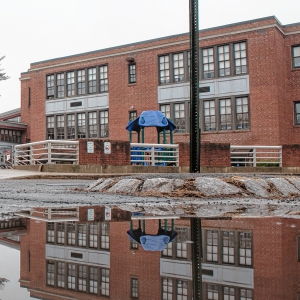 Northampton schools probe staff response to student’s unfulfilled IEP
Northampton schools probe staff response to student’s unfulfilled IEP
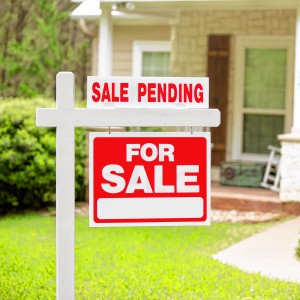 Area property deed transfers, April 4
Area property deed transfers, April 4
 Sabadosa, Velis push for state endometriosis task force to raise awareness about little-known illness
Sabadosa, Velis push for state endometriosis task force to raise awareness about little-known illness
For the certificate to be approved, Sunwood must show that the new building meets the design standards for the district, which stretches along a section of Elm Street adjacent to Smith College. The parcel containing the new building lies at the easternmost edge of the district.
According to the standards listed by the commission, new construction in the district must ensure a retention of “the overall character of the site, site topography, character-defining site features, trees and significant district vistas and views.” The new building’s proposed height, roof shape, and even the proportions of the windows and doors may be subject to scrutiny by the commission on whether they reflect the neighborhood’s overall character.
Plans for new construction on the property previously ran afoul of the Historical Commission under the previous owners. As part of the agreement to sell the property to Sunwood, the Roman Catholic Diocese of Springfield agreed to remove several stained-glass windows above the altar of St. Mary’s, only to receive a stop-work order from the commission when a contractor attempted to take them down.
The commission had argued that because the building is located within the historic district, it must receive a certificate of approval before undertaking any exterior work. In response, the diocese filed a lawsuit against the city, claiming the order violated its freedom of religious expression as the windows were considered “sacred” items of religious significance, and to transfer them to a non-religious owner violated church canon law.
The two sides eventually struck a deal where the city agreed to rescind the stop-work order in exchange for the diocese to drop its lawsuit. The diocese completed its sale to Sunwood a month later.
Alexander MacDougall can be reached at amacdougall@gazettenet.com.

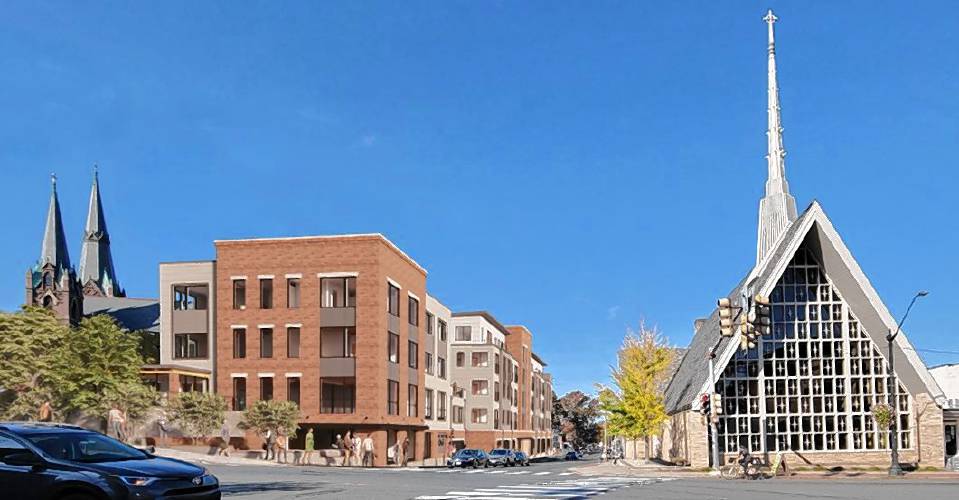
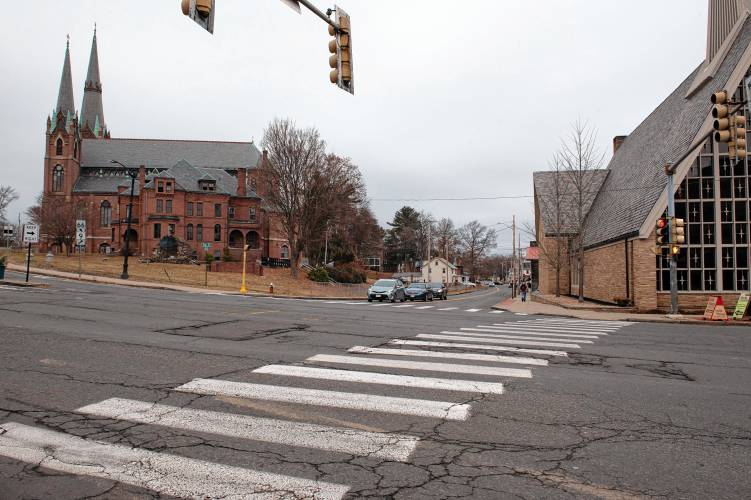





 A father’s dream to be the best: Twelve men graduate from Nurturing Fathers program
A father’s dream to be the best: Twelve men graduate from Nurturing Fathers program McGovern co-sponsors bill that aims to stop ‘backdoor’ cuts to SNAP benefits
McGovern co-sponsors bill that aims to stop ‘backdoor’ cuts to SNAP benefits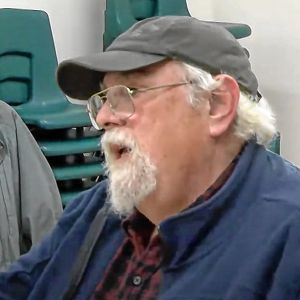 Hatfield Select Board removes elected Housing Authority member
Hatfield Select Board removes elected Housing Authority member Final interviews set for Granby school superintendent candidates
Final interviews set for Granby school superintendent candidates
